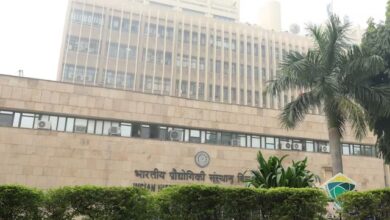Tiranga Barfi of Varanasi receives a GI Tag
Kashi’s Tiranga Barfi is a new item to be added to the list of foods with a Geographical Indication (GI) label.

It was a key component in the national liberation struggle. According to press sources, Tiranga Barfi, a dish that is well-liked across the nation, will take on a new look. According to sources, there are 34 items in Kashi that are protected by the Varanasi copyright, which is thought to be a record for the most intellectual property rights in the name of a single geographical region.In addition to this Barfi, Dhalua Murti Dhatu Shilpa (Metal Casting Craft), another Varanasi product, has also been classified as GI.
Tiranga Barfi’s past
For those who are unaware, Madan Gopal Gupta, the director of Ram Bhandar’s sweet store at the time, created Tiranga Barfi in 1940 as a means of facilitating covert information exchanges and intelligence briefings among revolutionaries during the pre-independence period. This treat was made by more than just him. Actually, he had assistance from a few other rebels in creating this barfi. The tricolour was forbidden in India when it was still under British control, thus in order to convey this message, Tiranga Barfi—the Indian national flag—was created with the identical color of the tricolour. In an effort to protest British control, this barfi was also given out for free. According to accounts, the British were taken aback to notice that this Barfi had the identical colors of Tiranga when they smelled it.
The components
Since there were no edible colors back then, one could consider the items being utilized while observing the specific Tiranga colors in this barfi. Even though this barfi is clearly identifiable across Varanasi, some contend that the Tiranga Barfi offered at Ram Bhandar retains its 1940s flavor. In terms of ingredients, cashewnuts, pistachios, khoya, and saffron are used in its preparation. While saffron is used to give Barfi its saffron color, pistachios provide the green color, and cashew nuts and khoya are combined to create the white portion.






